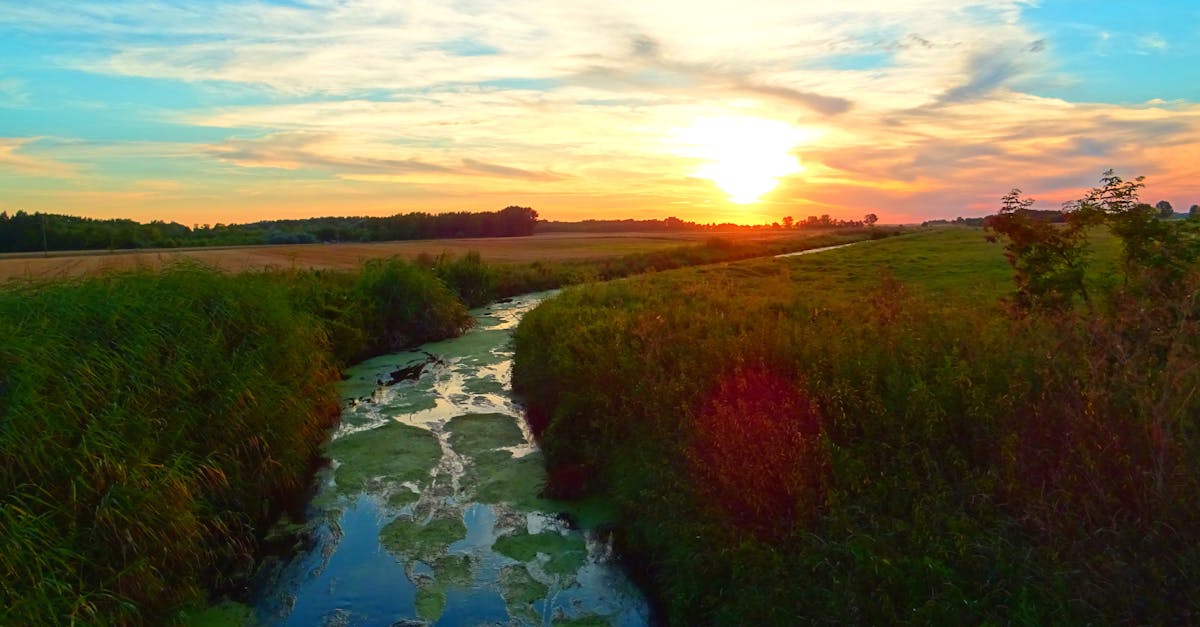Share This Article
Nestled in the heart of Hawthorne lies a hidden gem – the Hawthorne Waterway. As a local resident, I’ve had the pleasure of exploring this serene and picturesque water body that winds its way through the neighborhood. The Hawthorne Waterway is not just a body of water; it’s a vibrant ecosystem teeming with life and natural beauty.
Join me as I take you on a journey through the history, significance, and ecological importance of the Hawthorne Waterway. From its tranquil waters to the diverse flora and fauna that call it home, there’s so much to discover and appreciate about this enchanting water body. Whether you’re a nature enthusiast, a history buff, or simply looking for a peaceful retreat in the midst of the city, the Hawthorne Waterway has something to offer everyone.
Key Takeaways
- Hawthorne Waterway was an active industrial hub in the early 20th century but underwent significant cleanup efforts in the 1970s.
- The water body now serves as a vital habitat for over 75 species of birds and various fish due to revitalization.
- It contributes to the local ecosystem by supporting diverse wildlife.
- The Hawthorne Waterway is home to a variety of flora and fauna, including seagrasses and algae that provide habitat for numerous bird species and fish.
History of Hawthorne Waterway
What is the historical significance of Hawthorne Waterway?
I’ll take you back to the early 20th century when Hawthorne Waterway was an active industrial hub, supporting businesses and transport. In the 1970s, drastic cleanup efforts transformed it into the serene natural paradise it is today.
| Key Facts | Numbers/Statistics |
|---|---|
| Industrial hub era | Early 20th century |
| Cleanup efforts | 1970s |
| Transformation | From an industrial area to a natural paradise |
Significance of the Hawthorne Waterway
Why is the Hawthorne Waterway important?
It serves as a vital habitat for over 75 species of birds and numerous fish due to revitalization efforts in the 1970s.
Ecological Importance of the Water Body
How does Hawthorne Waterway contribute to the local ecosystem?
I am a crucial habitat for 75+ bird species and various fish, supporting diverse wildlife after being revitalized in the 1970s.
Flora and Fauna of Hawthorne Waterway
What diverse plant and animal life can be found in Hawthorne Waterway?
A diverse array of plant species like seagrasses and algae thrive, providing habitat for over 75 species of birds and various fish in the waterway.
Exploring the Hawthorne Waterway
- What makes the Hawthorne Waterway a unique ecosystem?
- Diverse plant species like seagrasses and algae provide habitat for over 75 bird species and various fish.
| Number of Bird Species | 75 |
|---|
Conclusion
The Hawthorne Waterway stands out as a vital ecosystem teeming with diverse plant and animal life. The presence of numerous bird species and various fish underscores its ecological significance in the local environment. Exploring this unique habitat has shed light on the interconnectedness of species and the delicate balance that sustains life within the waterway. As we continue to appreciate and protect this natural wonder, we contribute to the preservation of biodiversity and the overall health of the ecosystem. The Hawthorne Waterway serves as a reminder of the beauty and resilience of nature, urging us to cherish and safeguard our precious natural resources for generations to come.
Frequently Asked Questions
What makes the Hawthorne Waterway ecosystem unique?
The Hawthorne Waterway ecosystem stands out due to its diverse plant species like seagrasses and algae, supporting over 75 bird species and various fish.
How many bird species are supported in the Hawthorne Waterway?
The Hawthorne Waterway hosts over 75 bird species, showcasing its role as a vital habitat for avian diversity.
Why is the presence of seagrasses and algae significant in the Hawthorne Waterway?
Seagrasses and algae play a crucial role by supporting a wide array of wildlife, including fish and over 75 bird species, making them key components of the ecosystem.
